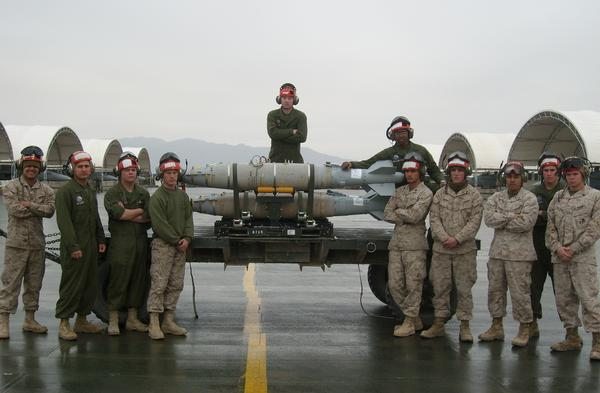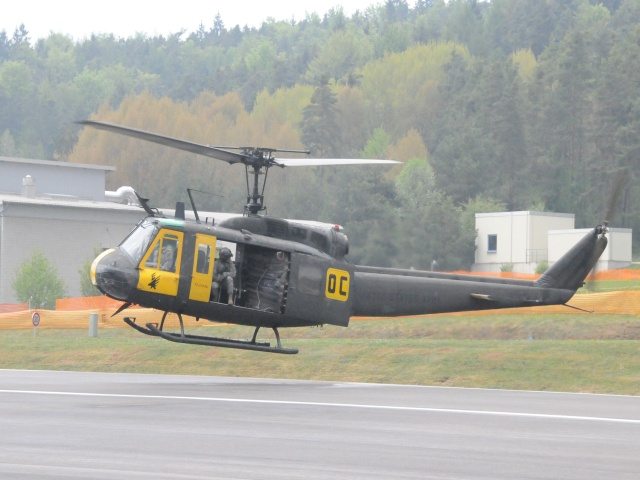The U.S. Navy’s Direct Attack Moving Target Capability has successfully completed the final scheduled integrated test, including a live round test conducted March 21.
DAMTC is a modification to the Joint Direct Attack Munition that provides a dual-mode (GPS and laser) guidance capability. The 18 completed tests to date show the requirements to be able to strike a moving and maneuvering target are being met.
“This will give the warfighter the ultimate ability to pursue time-sensitive targets and targets of opportunity,” said Capt. Carl Chebi, program manager for Precision Strike Weapons, PMA-201. “That, combined with the dual-mode capability of this weapon, brings a targeting flexibility that will be critical to mission success.”
The tests, conducted at Naval Air Warfare Center at China Lake, Calif., use Circular Error Probable, or CEP, as one measure of success. CEP marks the circle around the target within which 50 percent of the bombs are statistically expected to impact.
“While not a statistically relevant number, if five of 10 weapons dropped are in that circle around the target, the weapon has met its CEP requirement,” said Mark Lakner, Integrated Product Team Lead for PMA-201’s Direct Attack Weapons. “One guided test vehicle has been released in each of the 18 tests thus far, and all tests have been considered successful. “
The inert tests, or ones that do not use live rounds, include a telemetry kit inside the weapon which allows data to be captured. The information collected includes where the weapon is at any given moment and the speed and angle at which it is falling. This helps the test team know exactly what to expect when a live round is released.
“In our live weapon configuration, there’s no telemetry kit that fits or is qualified, so we forfeit that information,” Lakner said.
During the testing process, DAMTC has undergone a configuration change to replace the current glass window with one made of sapphire, which will better withstand exposure to weather and the elements. To ensure the change does not adversely affect system performance, three additional regression tests are scheduled for July 2011.
In regression testing, one aircraft will be loaded with four weapons – two with the old configuration and two with the new sapphire window. The aircraft will drop one of each type, with GPS coordinates to strike a shipping container designated as ‘target A’ while a ground laser identifies an alternate shipping container as ‘target B.’
“Once the weapon is released, we’re going to lase ‘target B,’ and the weapon should change course and strike there,” Lakner said. “Then we’ll make a second hot run with reverse target designation. That will complete one flight test.”
The test will be repeated two more times to complete regression testing. The additional regression tests are not expected to impact the program’s timetable.
“The team has been working at a high tempo against a very aggressive schedule,” Lakner said. “They’ve been dealing with adversity and this is no easy task, but the contractor, the government team, and all involved are doing an exceptional job to make these changes in such a short amount of time.”
This target capability provides tactical flexibility for use on all F/A-18 Hornet, Super Hornet and AV-8B aircraft. The modification kit requires minimal logistical adjustments that will save time, money and manpower.
Operational testing is expected to begin in late summer 2011, with DAMTC reaching initial operating capability by late winter 2012.











